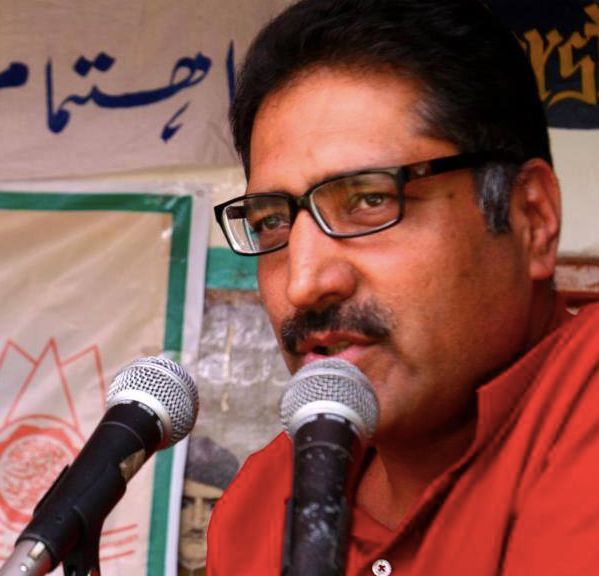Source The Wire
Senior journalist Shujaat Bukhari, who was shot dead by unidentified gunmen on Thursday evening, was a prominent face of Kashmiri journalism who had survived an assassination attempt in 2006.
A journalist for almost three decades, Bukhari was fired at from close range outside his office in Srinagar’s busy Lal Chowk at around 7:15 pm when he was leaving for home in his car – minutes before Iftar. His two security guards were also killed in the attack.
Tall and distinguishable, 50-year-old Bukhari was editor-in-chief of English daily Rising Kashmir which he launched in 2008. In the years to come, he started Urdu daily Buland Kashmir, Kashmiri vernacular Sangarmal and Urdu weekly Kashmir Parcham.
Bukhari began his career way back in the early 1990s, when he joined the Jammu-based English daily Kashmir Times as a reporter in its Srinagar bureau. In 1997 he got the biggest break in his journalistic career when he joined The Hindu newspaper, which is headquartered in Chennai, as its Srinagar bureau chief.
Bukhari’s association with the newspaper lasted 15 years, and during the period he reported on the Kashmir turmoil widely. His write-ups on Kashmir conflict also featured in national and foreign media houses, including fortnightly magazine Frontline and BBC.
A native of Kreeri village in Baramulla, Bukhari was abducted by unknown gunmen in 2006, but he managed to escape following which he was provided security by the government.
